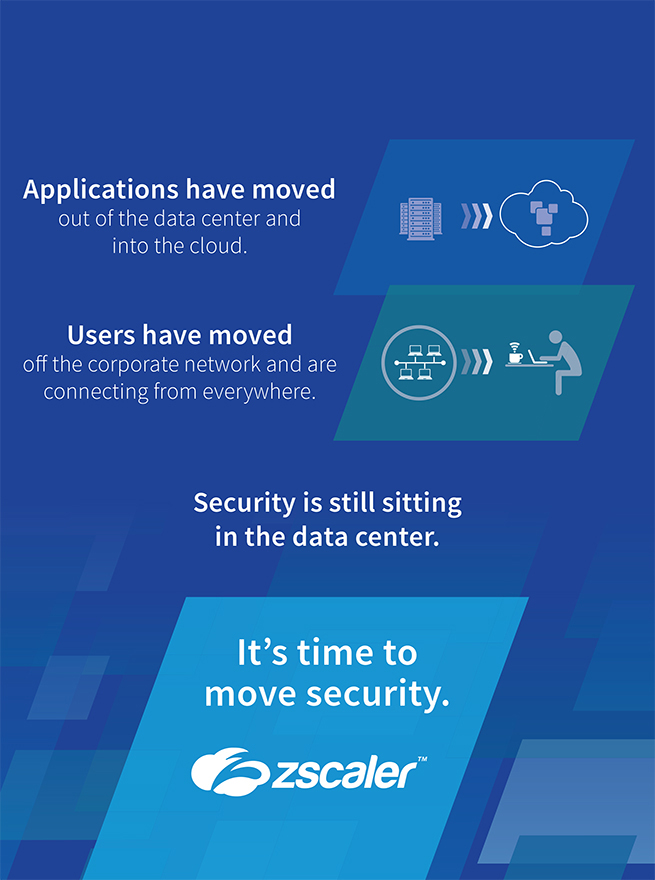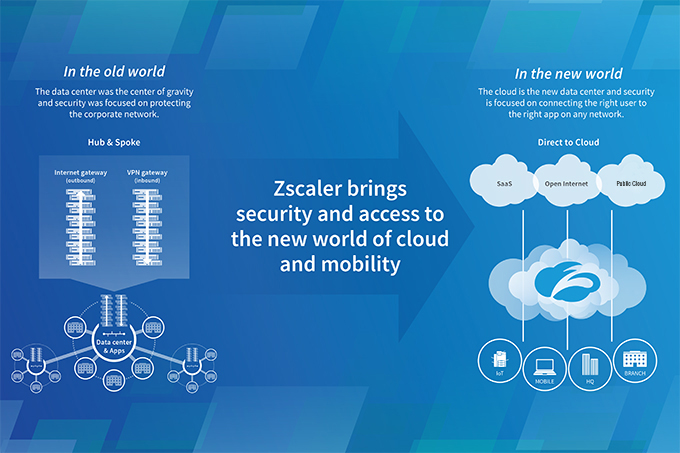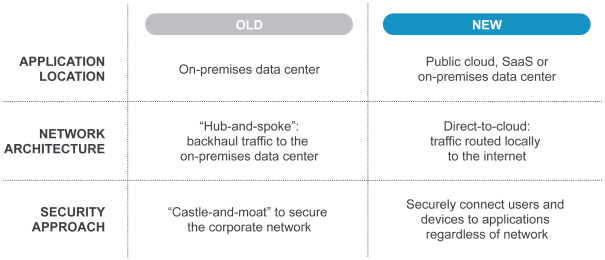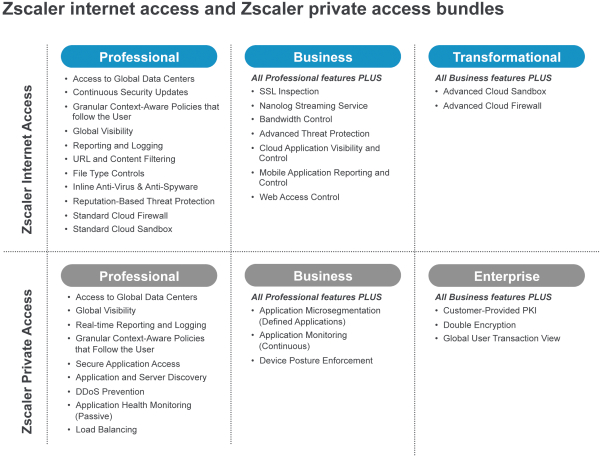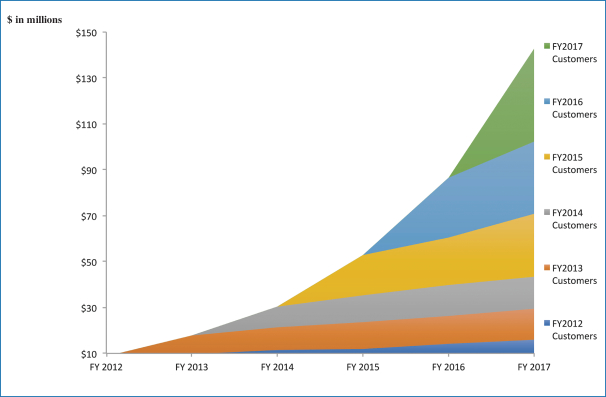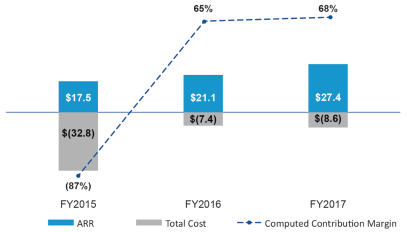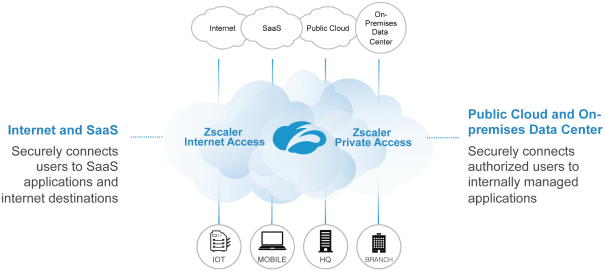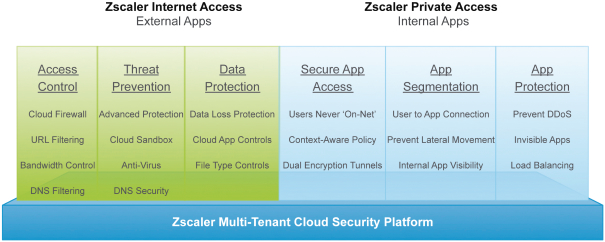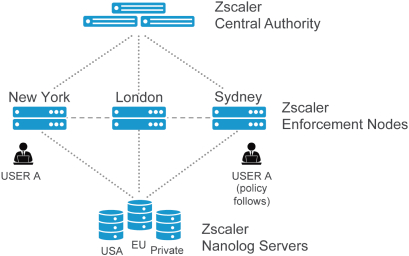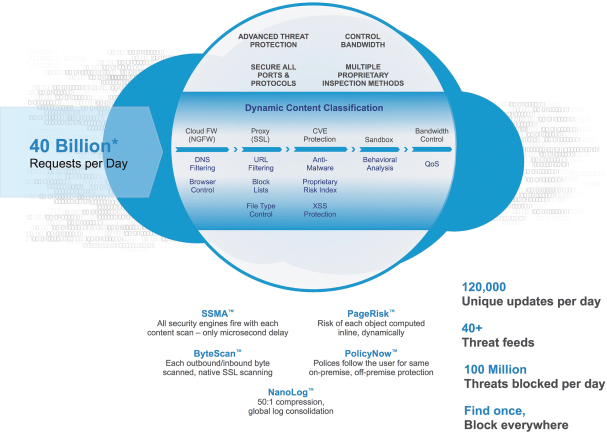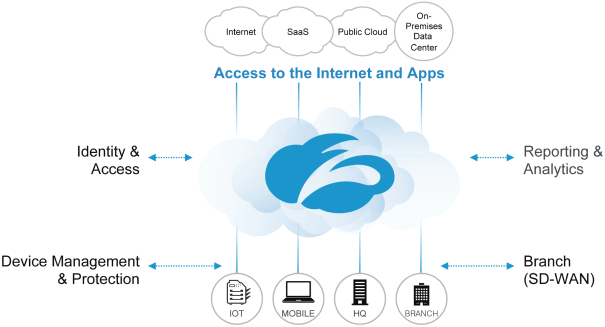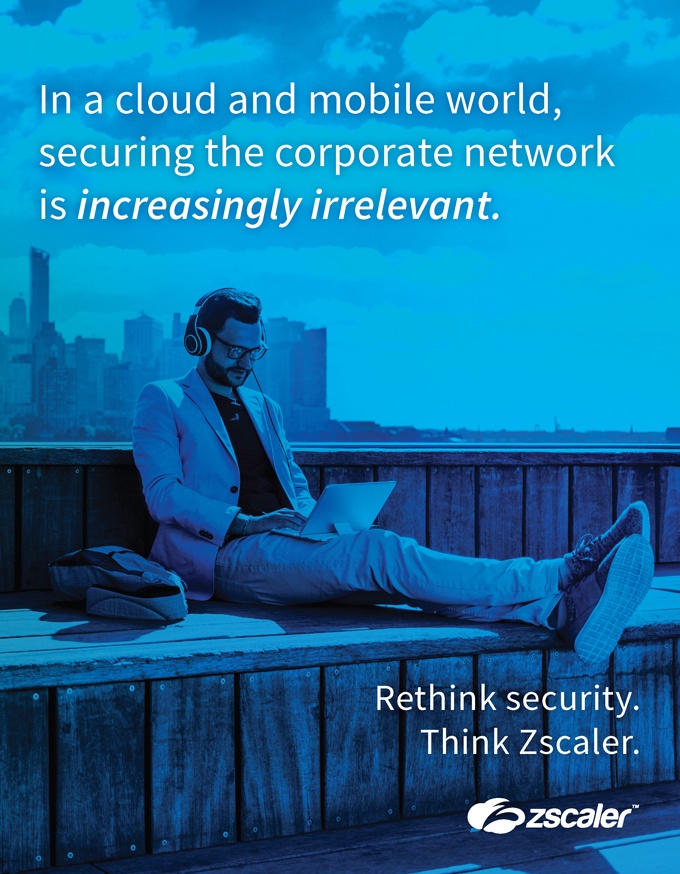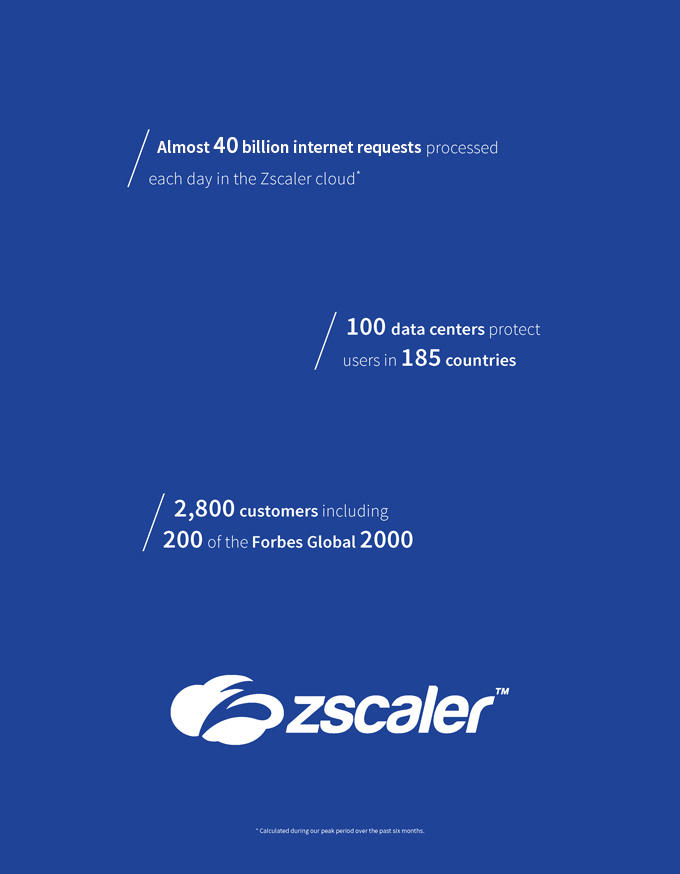facilities are adequate to meet our needs for the immediate future and that, should it be needed, suitable additional space will be available to accommodate expansion of our operations.
Employees
We had approximately 950 employees worldwide as of January 31, 2018. None of our employees in the United States is represented by a labor organization or is a party to any collective bargaining arrangement. In certain countries in which we operate, we are subject to, and comply with, local labor law requirements which may automatically make our employees subject to industry-wide collective bargaining agreements. We may be required to comply with the terms of these collective bargaining agreements.
Legal Proceedings
Symantec
We are currently involved in legal proceedings with Symantec Corporation, or Symantec. On December 12, 2016, Symantec filed a complaint, which we refer to as Symantec Case 1, in the U.S. District Court for the District of Delaware alleging that “Zscaler’s cloud security platform” infringes U.S. Patent Nos. 6,279,113, 7,203,959, or the ’959 patent, 7,246,227, or the ’227 patent, 7,392,543, 7,735,116, or the ’116 patent, 8,181,036 and 8,661,498. The complaint seeks compensatory damages, an injunction, enhanced damages and attorney fees. We believe our technology does not infringe Symantec’s asserted patents and that Symantec’s patents are invalid. We have filed a motion to dismiss the ’959, ’227 and certain claims of the ’116 patents as invalid based on unpatentable subject matter. On August 2, 2017, the court granted our motion to transfer Symantec Case 1 from the District of Delaware to the Northern District of California. The Markman claim construction hearing for Symantec Case 1 is scheduled for June 19, 2018.
On April 18, 2017, Symantec filed a second complaint, which we refer to as Symantec Case 2, in the U.S. District Court for the District of Delaware alleging that “Zscaler’s cloud security platform” infringes U.S. Patent Nos. 6,285,658, or the ’658 patent, 7,360,249, 7,587,488, or the ’488 patent, 8,316,429, or the ’429 patent, 8,316,446, or the ’446 patent, 8,402,540 and 9,525,696. The complaint seeks compensatory damages, an injunction, enhanced damages and attorney fees.
On June 22, 2017, Symantec filed a notice of voluntary dismissal of its complaint in Symantec Case 2 along with a new complaint alleging infringement of the same patents. In the new complaint in Symantec Case 2, Symantec added Symantec Limited as a plaintiff and also alleged willful infringement of the ’429 and ’446 patents. We believe our technology does not infringe Symantec’s asserted patents and that Symantec’s patents are invalid. We have filed a motion to dismiss the ’658, ’429, ’446 and ’488 patents as invalid based on unpatentable subject matter. On July 31, 2017, the court granted our motion to transfer Symantec Case 2 from the District of Delaware to the Northern District of California. The Markman claim construction hearing for Symantec Case 2 is scheduled for March 19, 2019.
We have also received letters from Symantec alleging that our “cloud security platform” infringes U.S. Patent Nos. 7,031,327, 7,496,661, 7,543,036 and 7,624,110. We believe that our technology does not infringe Symantec’s asserted patents and that these patents are invalid.
Should Symantec prevail with its infringement allegations, we could be required to pay substantial damages for past and future sales and/or licensing of our services, enjoined from making, using, selling or otherwise disposing of our services if a license or other right to continue selling our services is not made available to us, and required to pay substantial ongoing royalties and comply with unfavorable terms if such a license is made available to us. Any of these outcomes could result in a material adverse effect on our business. Even if we were to prevail, this litigation could be costly and time-consuming, divert the attention of our management and key personnel from our business operations, deter distributors from selling or licensing our services, and dissuade potential customers from purchasing our services, which would also materially harm our business. The expense
122

